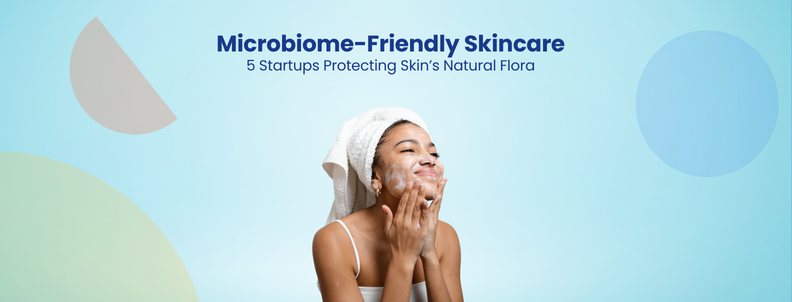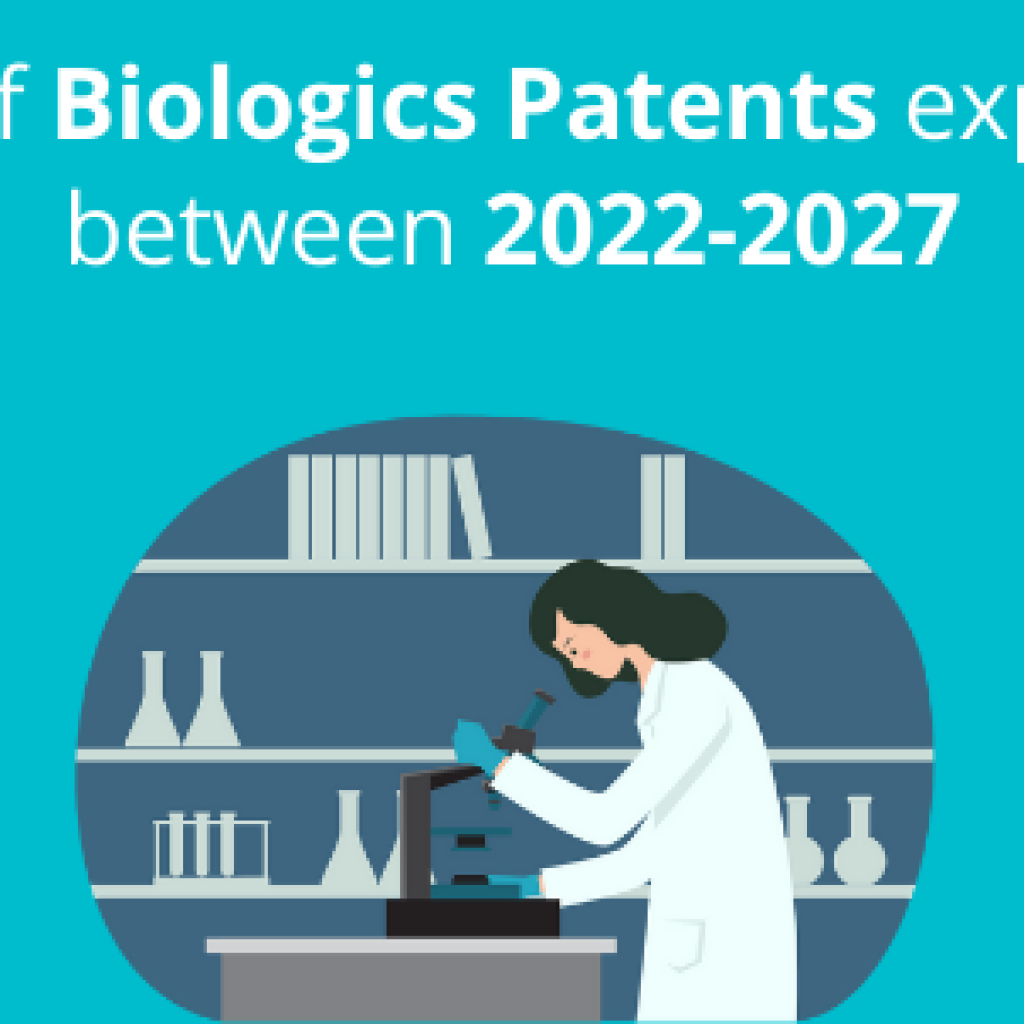The Intergovernmental Panel on Climate Change (IPCC) estimates that to limit global warming to 1.5°C, the world needs to remove 5-10 gigatons (Gt) of CO₂ per year by 2050. Direct Air Capture (DAC) is among the most commonly used solutions for this. There are 27 DAC plants worldwide, capturing approximately 0.01 million tons of CO₂ per year. Meanwhile, the ocean holds 150 times more CO₂ per liter than the air, making it the planet’s largest carbon sink. But it remains largely untapped for engineered carbon removal.
Seeing this opportunity, a startup named SeaO2 has created direct ocean capture (DOC). By designing a system that retrofits existing infrastructure, such as desalination or thermal plants, SeaO₂ leverages water that is already being pumped to remove CO₂ efficiently. DOC might still be in its early stages, but with its higher efficiency potential and vast resource base, it could be a game-changer in the carbon removal race.
To better understand how their technology works, we spoke to Zamin Syed of SeaO2. This article contains notable highlights from our entire conversation.
This interview is part of our exclusive Scouted By GreyB series. Here, we speak with the founders of innovative startups to understand how their solutions address critical industry challenges and help ensure compliance with industry and government regulations. (Know more about startups scouted by GreyB!)
“Ocean water holds 150 times more CO₂ than air. It is also easier to extract CO₂ from water. So why not remove it where it’s most concentrated?”
– Zamin Syed

Zamin Syed is the Founder’s Associate at SeaO₂, contributing to the company’s mission and research efforts in marine carbon dioxide removal (mCDR). His role involves engaging with investors, potential customers, and innovators to advance SeaO₂’s Direct Ocean Capture (DOC) technology. Additionally, he has been involved in research and monitoring frameworks for SeaO₂’s electrochemical DOC process, assessing its environmental impact and verification methods.
How SeaO2 is Making Carbon Capture Plug-and-Play
SeaO₂ is a climate tech startup focused on direct ocean capture (DOC), a novel method of carbon dioxide removal. Unlike direct air capture systems that target atmospheric CO₂, SeaO₂’s approach extracts carbon directly from seawater, where CO₂ is far more concentrated. With a modular system designed for easy retrofitting, the company aims to integrate seamlessly into existing water-based infrastructure, such as desalination and thermal cooling plants. Following a successful €2.2M seed round, SeaO₂ is preparing a 25-ton-per-year system and scaling toward a 250-ton pilot, with long-term ambitions for gigaton-scale carbon removal.
How is your DOC approach different from other carbon capture systems?
Zamin: We focus entirely on direct ocean capture. That’s our core. While others might integrate different technologies, we’re building a system specifically for removing CO₂ from seawater. We also designed our system to retrofit into existing infrastructure—places where water is already being pumped—so we don’t need vast tracts of land or heavy new infrastructure.
Why do you believe DOC could outperform DAC?
Zamin: I wouldn’t say it’s about outperforming—we need both DAC and DOC. But DOC has clear advantages. As I mentioned, higher CO₂ concentration in seawater could mean more efficient capture. It may require less energy, too, though we’ll know that better at scale. Also, the ocean space is vast. Our systems can be deployed offshore. That gives us room to scale without land constraints. It’s like direct air capture for the ocean.
How does your technology work, and how do you ensure it stays carbon negative?
Zamin: We’re still in the R&D phase, so a lot is evolving. But in essence, our system separates seawater into streams of acidic and alkaline water. CO₂ is extracted, and the decarbonized water is released back into the ocean. We’ll conduct comprehensive life cycle assessments to ensure that every aspect of the process, from operations to travel, contributes to verified carbon removal. We’ll use renewable energy and are working with partners to ensure our impact is truly positive.
What challenges do you foresee in scaling to gigaton levels?
Zamin: Plenty. First, policy hasn’t caught up yet, especially in the EU. DOC is still relatively new, and regulations are in the process of evolving. Second, investment. DOC is not as well-known as DAC, so we need investors to understand the opportunity. Third is siting—choosing locations with the correct water chemistry and infrastructure. And of course, as we scale, we’ll face new technical challenges. However, we’ve designed our systems to be modular, and we plan to integrate them into existing pumping operations, which makes scaling easier.
In the future, we might even work with energy players to turn captured CO₂ into feedstock for green fuels offshore. Licensing is also being considered as a future model.
Have you sold any carbon credits yet?
Zamin: We’ve sold about 140 carbon credits as pre-purchases. We’ll deliver them once our full-scale pilot is operational. It’s early days, but it’s a start—and a sign that there’s market interest.
What regulations are you keeping an eye on?
Zamin: The EU Emissions Trading Scheme (ETS) is a big one. It doesn’t yet include carbon dioxide removal (CDR), but if it does, that could significantly impact startups like ours. We’re also watching the Science-Based Targets initiative (SBTi)—they’re considering including CDR in their frameworks. That could drive buyer demand. On the environmental side, we’re aligned with the London Protocol, which governs ocean dumping. We’re working with research partners to ensure our operations don’t harm marine life.
What’s next for SeaO₂ in the near future?
Zamin: Right now, we’re constructing a 25-ton-per-year CO₂ removal system. This is the first phase that will help us finalize engineering decisions for our larger 250-ton pilot, launching next year. This step is crucial for scaling and validating our technology. Over the next three months, it’s about testing, troubleshooting, and learning. We’ll also be raising our next investment round, forming more partnerships, and applying for subsidies. The following year is critical for us—we’re laying the groundwork for something much bigger.
Meet our Interviewer – Shabaz Khan
Shabaz Khan, Marketing Manager
Want to find other scalable startups innovating in carbon capture technologies? Please fill out the form below to contact our experts.
Get in touch
Please share your query below










